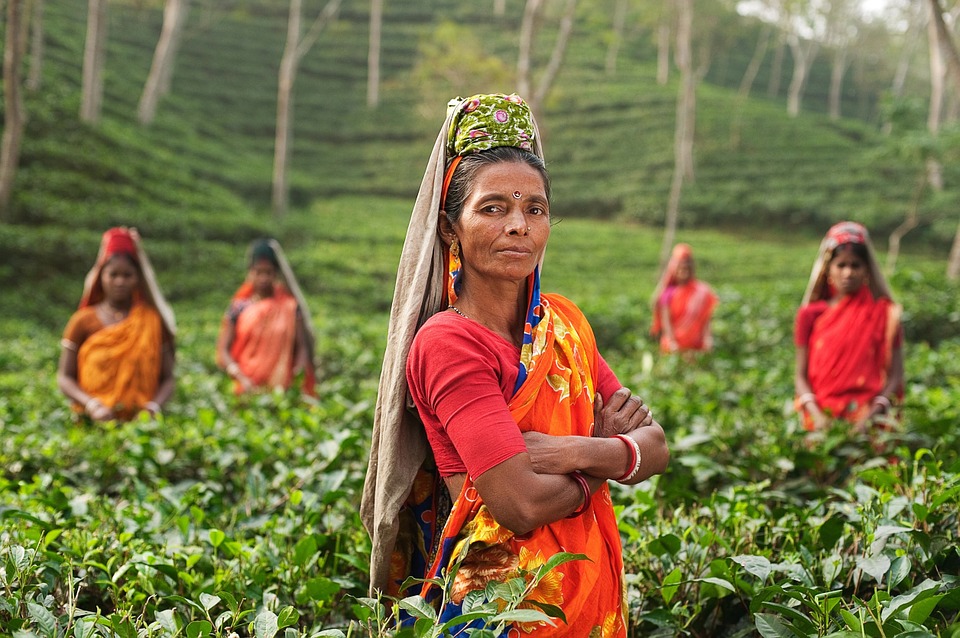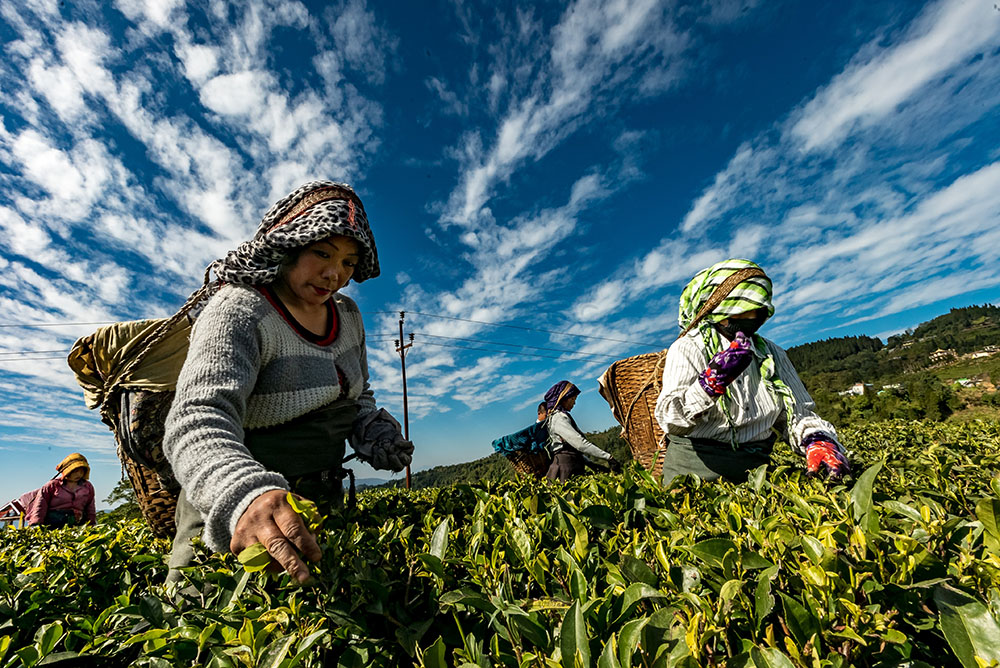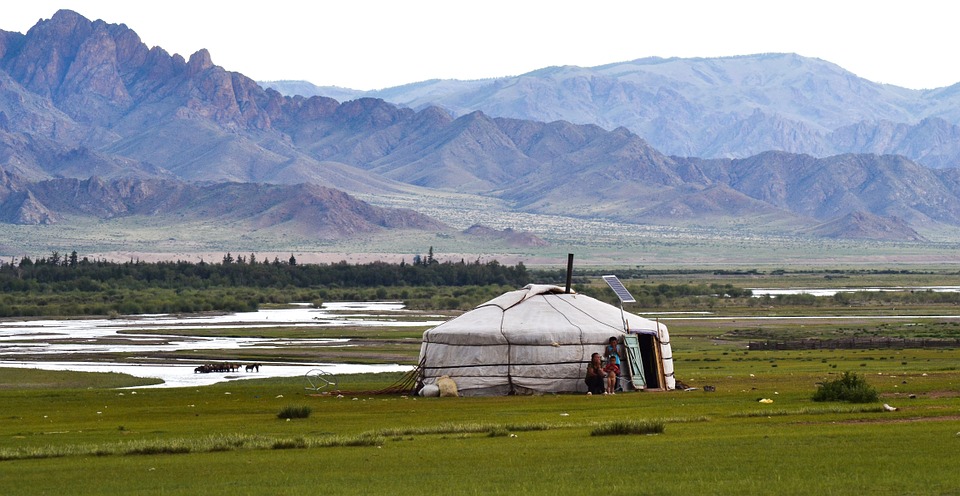There is no doubt that we are living in a time where information is in high supply. For most of us, a normal day consists of a proliferation of information; from text message notifications, to news pop ups, to switching between various social media applications. In an era where the plethora of information can seem downright overwhelming, it is easy to wonder what exactly makes headlines news? How does one story, or set of stories, get deemed important enough to get reported on? Land rights are a crucial factor in ending poverty and ensuring food security, yet, the general public still remains unclear and unconvinced of its importance as a fundamental human right.
Getting land conflicts onto the news is what Land Conflict Watch does best, amongst other things! Based in India, the organization aims to help gauge the spread and estimate of land conflicts in the country. While national media captures larger conflicts, most conflicts are reported in vernacular media as isolated incidents. The team works to bridge this gap. A research-based data journalism project, it maps, collects, and analyses ongoing land conflicts in the country. It not only presents a macro picture at the national level but also zooms in to give details of each conflict at the micro level. “The starting point and thinking behind Land Conflict Watch was understanding how to bring land conflicts across the country into the mainstream debate and consciousness. It was difficult to convince newsrooms of how rampant land conflicts were. It was therefore our task to aggregate data of land conflict across the country and flesh out trends which could lend naturally to catalyzing a larger debate and to make headlines news,” says Kumar Sambhav of Land Conflict Watch.
The truth is that there is much talk about the surge in land-related conflict but very little data on the matter! Land Conflict Watch has become a leader on the issue, going above and beyond in documenting the number of conflicts, their size, the people affected and the value of related investments. Important information, such as how many people are affected by a conflict and how much land is affected by conflict at national, province and district levels are focused on by the Land Conflict Watch’s data repository. This allows journalists to tell better stories and has tremendous impacts for the research community. Both national and International media houses have now reported on these land stories as part of a larger, recurring trend in the country, not to mention that this also allows for better information to inform policy and decision making.
The Land Portal has prominently featured datasets from Land Conflict Watch. This important data, which complies with open data principles, has now reached users from all corners of the world! “Platforms like Land Portal are important because they get visibility to us among a much wider international audience. A larger community gets to know about our work and can make use of our data in their work. Many researchers from international universities approached us after they saw our data on the Land Portal,” Kumar goes on to tell us.
So, how do we get land rights, and the related conflicts around land rights, into the mainstream news and consciousness? By gathering the facts, fleshing out trends and organizing the data in ways that begin to tell their own story. Once we have the facts, it remains up to the responsible citizens of the world to ensure that the story gets told, loudly and with conviction.




